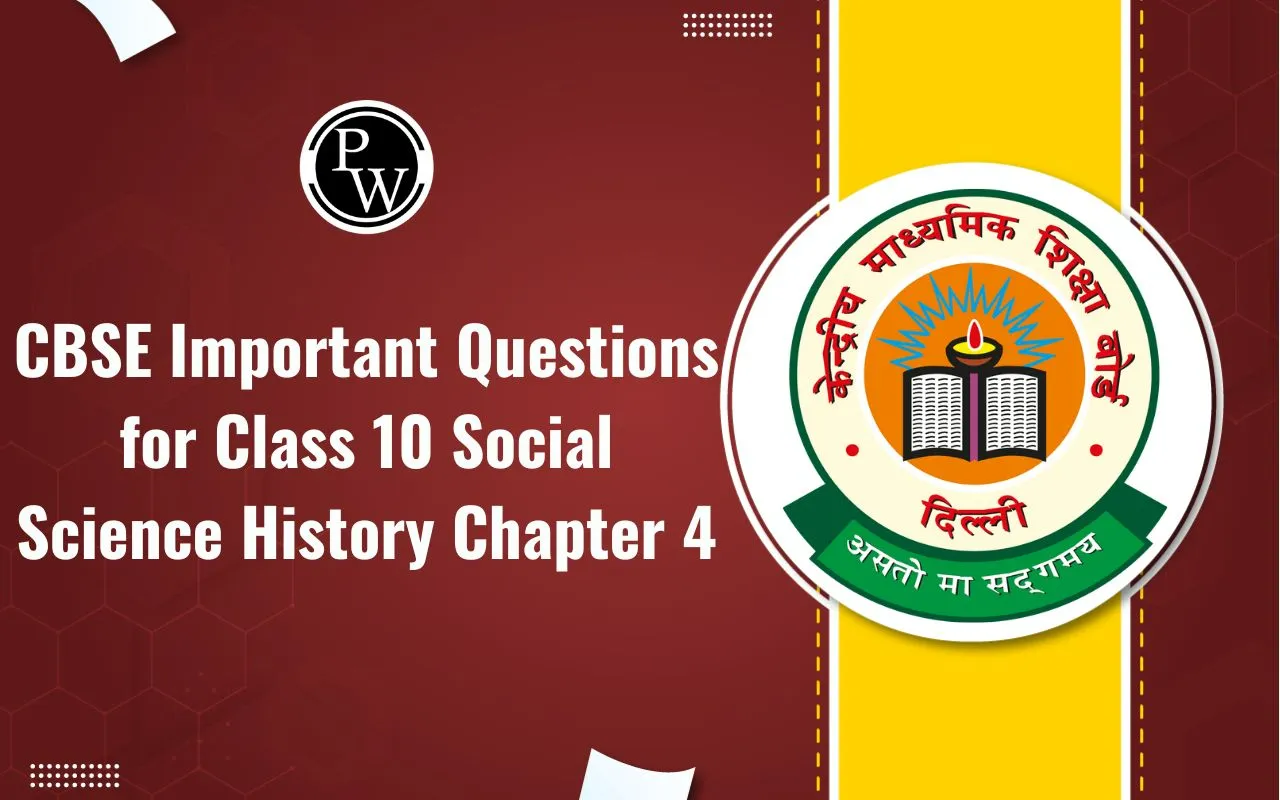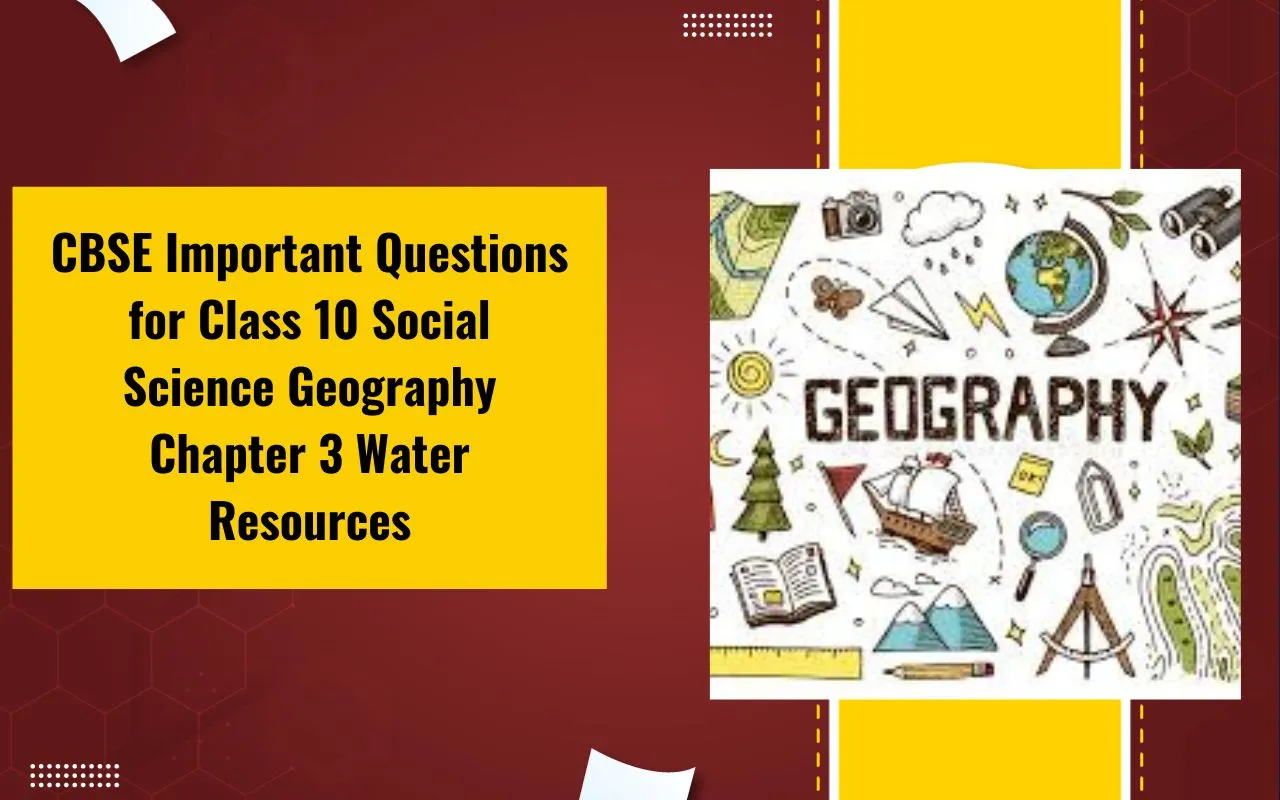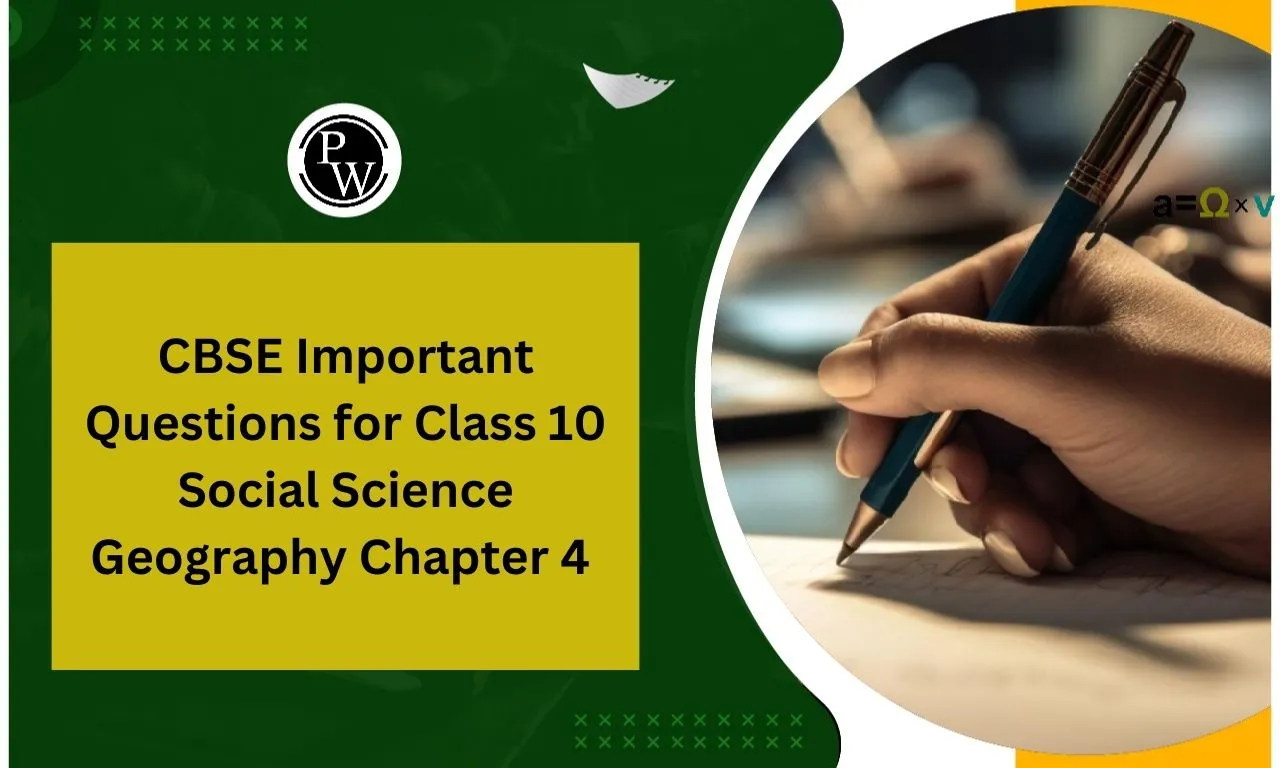
CBSE Class 10 English A Tiger in the Zoo Summary: A Tiger in the Zoo by Leslie Norris is a poem included in the CBSE Class 10 English syllabus (First Flight – Chapter 2). The poem contrasts the freedom of a tiger in the wild with its helplessness in captivity. It highlights the tiger’s restricted movements in a small cage, where it can only pace back and forth, suppressing its natural instincts.
The poet imagines how the tiger should be living in the jungle—lurking in shadows, hunting near waterholes, and roaming near villages. However, in the zoo, it is trapped, its power wasted behind iron bars. At night, it listens to the sounds of patrolling cars and stares at the brilliant stars, longing for its lost freedom.
This poem, part of the CBSE syllabus, delivers a strong message on wildlife conservation, urging us to protect animals in their natural habitats rather than imprisoning them for human entertainment. The poet uses contrast, vivid imagery, and personification to evoke sympathy for the tiger and emphasize the cruelty of captivity.
CBSE Class 10 English A Tiger in the Zoo Summary
Stanza 1: The Caged Tiger
“He stalks in his vivid stripes
The few steps of his cage,
On pads of velvet quiet,
In his quiet rage.”
The poem opens with the image of a tiger pacing back and forth inside a cage. The poet describes the tiger’s physical appearance, emphasizing its “vivid stripes” that make it look striking. However, the tiger is not in its natural habitat; it is confined to a small cage where it can take only a few steps. The tiger moves silently on its velvet-like paws, but there is a hidden anger within him. This suppressed rage symbolizes the loss of freedom and the frustration of being imprisoned.
Stanza 2: The Tiger in the Wild
“He should be lurking in shadow,
Sliding through long grass
Near the water hole
Where plump deer pass.”
Here, the poet describes how the tiger’s life would have been if he were in the jungle. The tiger is a wild hunter, and in its natural habitat, it would be lurking in the shadows and moving silently through tall grass. The tiger would be near a waterhole, waiting for prey, such as deer, to arrive. This stanza highlights the contrast between freedom and captivity, showing how the tiger's instincts are suppressed in the zoo.
Stanza 3: The Tiger’s Power in the Wild
“He should be snarling around houses
At the jungle’s edge,
Baring his white fangs, his claws,
Terrorising the village!”
In this stanza, the poet further imagines how the tiger would roam near villages if he were free. He would snarl and show his sharp teeth and claws, causing fear among the villagers. This stanza conveys that tigers are powerful and meant to be in the wild. It also hints at human encroachment on forests, which forces wild animals to enter human settlements in search of food.
Stanza 4: The Harsh Reality of Captivity
“But he’s locked in a concrete cell,
His strength behind bars,
Stalking the length of his cage,
Ignoring visitors.”
The poet shifts back to the tiger’s current situation in the zoo. He is locked in a concrete cell, and his great strength is of no use behind iron bars. Even though he is strong, he has nowhere to go and nothing to hunt. The tiger repeatedly walks the same length of his cage, symbolizing the monotony of his life in captivity. He is disinterested in the visitors, showing that he has accepted his fate.
Stanza 5: The Tiger’s Nighttime Thoughts
“He hears the last voice at night,
The patrolling cars,
And stares with his brilliant eyes
At the brilliant stars.”
At night, when the zoo is quiet, the tiger can hear the sounds of patrolling cars. These sounds remind him that he is constantly watched and guarded. Instead of hunting under the open sky, he stares at the stars with longing. The brilliant stars symbolize freedom and the natural world, which the tiger can see but never reach. This stanza expresses the tiger’s sadness and helplessness, making the reader feel pity for him.
Themes of the Poem
-
Freedom vs. Captivity
-
The poem highlights the stark difference between a tiger’s free life in the jungle and its confined life in the zoo.
-
In the wild, the tiger is strong and powerful, but in the zoo, he is helpless and suppressed.
-
Loss of Natural Instincts
-
The tiger in the zoo cannot hunt, run, or express himself as he would in the jungle.
-
His instincts are wasted behind bars.
-
Human Interference in Nature
-
The poem criticizes how humans have confined wild animals for their entertainment.
-
It also suggests that deforestation and destruction of habitats force animals into unnatural environments.
-
Helplessness and Frustration
-
The tiger’s quiet rage and longing for freedom depict how captivity takes away an animal’s identity and spirit.
Poetic Devices Used in the Poem
|
Poetic Device |
Examples |
Explanation |
|
Imagery |
“Sliding through long grass” |
Creates a visual of the tiger moving stealthily in the wild. |
|
Alliteration |
“Few steps of his cage” |
The repetition of the ‘s’ sound enhances rhythm. |
|
Personification |
“In his quiet rage” |
The tiger is given human-like emotions. |
|
Contrast |
Life in the wild vs. life in captivity |
Highlights the theme of freedom vs. imprisonment. |
|
Metaphor |
“His strength behind bars” |
Implies that the tiger's power is useless in captivity. |
Message of the Poem
Leslie Norris delivers a strong message about animal conservation and the cruelty of keeping wild animals in captivity. The poem urges readers to think about the suffering of animals in zoos and the importance of preserving their natural habitats.
CBSE Class 10 English A Tiger in the Zoo Summary PDF
A Tiger in the Zoo by Leslie Norris is an important poem included in the CBSE Class 10 English syllabus under the First Flight textbook. The poem vividly contrasts the freedom of a tiger in the wild with its helplessness in captivity.
Through powerful imagery, the poet describes the tiger’s restricted movements in a small cage, where it paces in frustration, unable to express its true strength. Students can download the CBSE Class 10 English A Tiger in the Zoo Summary PDF from the link below to enhance their understanding and revision.
Do you need help with your homework or preparing for exams?
Study without using the internet
CBSE Class 10 English A Tiger in the Zoo Summary FAQs
Who is the poet of A Tiger in the Zoo?
What is the central theme of the poem?
What does the tiger do at night?










